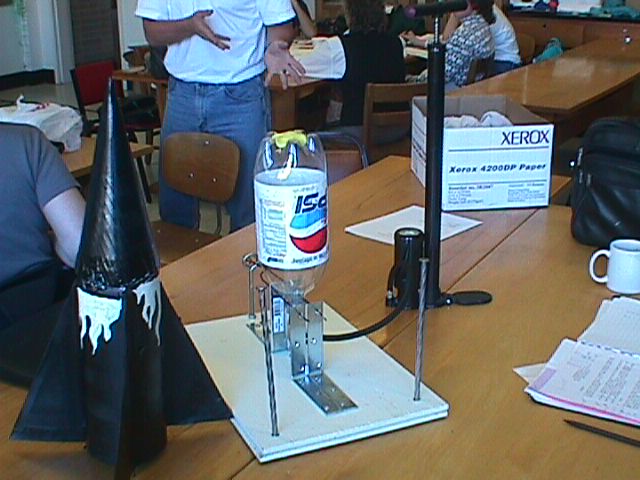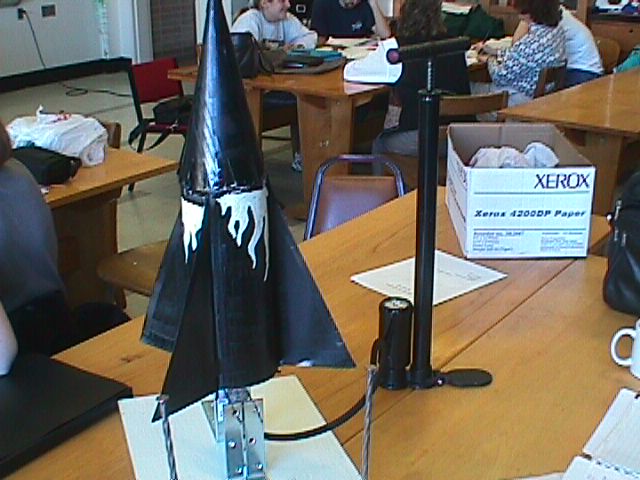CONE WEIGHT (3 15 OZ) WHEN PROPERLY WEIGHTED
OVERWEIGHT OBESITY AND LACK OF PHYSICAL ACTIVITYVweightlifting Queenslandv July 2002 The Official Journal of
Vweightlifting Queenslandv nov 2002 the Official Journal of
1 MATERNAL WEIGHT CHANGE BEFORE PREGNANCY IN RELATION WITH
1 POSITION EVALUATOR DATE CANDIDATE QUESTIONS CRITERIA SOUGHT WEIGHT
1724 WEIGHTEDAVERAGE METHOD ASSIGNING COSTS 1 & 2 SOLUTION
Cone Weight (
Cone
Weight (.3 - 15 .oz)
When
properly weighted, the rocket's nose section will actually pull the
rest of the rocket behind it. However, too much weight will slow its
performance, just as too little weight will cause the rocket to spin
around its center of gravity. Valid cone weight ranges are .3 - 15
ounces.
Body
Weight (.8 - 15 .oz)
Tail
Weight (.8 - 15 .oz)
Less
is better for the body and tail weights. However, this program
requires you to add a few ounces of weight to account for the
bottle's body and tail sections, along with any materials you might
add to each section like fins and tape. Valid body and tail weight
ranges are .8 - 15.0 ounces.
Water
(0 to 64 .oz)
Pressure
(1 - 140 psi)
To
make your rocket fly you could simply pressurize and launch it much
like a balloon filled with air. However, to improve your rocket's
performance, try adding varying amounts of water and air pressure.
Remember, your rocket is an action/reaction machine. The greater the
mass of water you push in one direction, the greater the push will be
on the rocket. But remember, your space is limited to 2-liters. If
you use too much of this space for water, you won't have enough space
for the air to push it out. Valid amounts of water are between 0 - 64
ounces. Valid amounts of air are between 1 to 140 p.s.i.
|
Water Rockets |
|||||||||||||||||||||||||||||||||||||||||||||
|
Activity: Bottle Rockets and Propulsion (Before you begin, print out a worksheet to use as you complete the activity.)
Objective: During the completion of this activity, you will demonstrate science processing skills, an ability to use technological design, and an ability to identify factors that affect motion and forces. Background Information: Bottle rockets are excellent devices for investigating "Newton's Three Laws of Motion": 1st Law - A rocket will remain on the launch pad until an unbalanced force is exerted, propelling the rocket upward. 2nd Law - The amount of force depends upon how much air is pumped inside the rocket. You can increase the force further by adding a small amount of water, which increases the mass expelled by the air pressure in the rocket . 3rd Law - Finally, the action force of the air (and water) as it rushes out of the nozzle creates an equal and opposite reaction force propelling the rocket upward. As with a balloon, air pressurizes the bottle rocket. Adding a small amount of water to the bottle increases the action force. The water expels from the bottle before the air does, turning the bottle rocket into a bigger version of a water rocket toy (available in toy stores). Extension Activity: In order to learn more about model rockets and how they work, follow these links to information on Flight of a Bottle Rocket, Rocket Aerodynamics, and Forces on a Rocket.
Instructions: You will work in teams to construct two water bottle rockets with empty 2-liter soda bottles. You and your team members must decide (1) on the design you will use as a result of experimenting with the simulators and (2) on the materials you will use for the body, fins, and cone of the rocket (which is placed over the empty 2-liter soda bottle before launch). You will then predict how well your rocket will fly and record your prediction on the worksheet. You may want to customize your rockets by decorating them in some way. An example is shown below: One bottle rocket launcher is needed for the class. While one team launches their rocket, another team can assist them by tracking the rocket, determining how high it flew, and recording the information on a worksheet. (Follow this link to learn how to measure the altitude reached by your rockets: Model Rockets, Measured Altitude.) Then compare your prediction with the rocket's actual performance and compare the flight of your rocket with other rockets. Your final assignment will be a journal entry via email giving details on your design, the comparisons you made, and your conclusions on the reasons for the rockets' performances. You must follow the safety rules launching bottle rockets. Countdowns help everybody to know when the rocket will lift off. Using the launch safety instructions shown below, develop specific launch safety rules through group discussions. In the rules, include how far back observers should stand, how many people should prepare the rocket for launch, and who should retrieve the rocket.
Rubrics: Use the rubrics shown below as a guide when completing the activity.
Rubric
for constructing the bottle rocket and recording observations
Rubric
for email writing (Worksheet Question 13)
Alternative Recommended Assessments: Evaluate each bottle rocket on its quality of construction. Observe how well the fins align and attach to the bottle. Also observe the alignment of the nose cone at the top of the rocket. Evaluate the design and quality of construction of each bottle rocket by measuring and comparing the altitudes that the rockets reached. |
20042006 POPULATION WEIGHTED EXPOSURE TO ANNUAL PM25 ABOVE THE
8 SPECIAL CARE FOR PRETERM AND LOW BIRTH WEIGHT
ADDING WEANING WEIGHT TO CALVES SOURCE JOHN JOHNS WITH
Tags: properly weighted,, aligned properly, weighted, weight, properly
- INFORMACE O KONFERENCI ICCE17 SEVENTEENTH INTERNATIONAL CONFERENCE ON COMPOSITES
- DMGSHORT COURSE 23 27 FEBRUARY 2015 (BAYERISCHES
- ANALYTICAL “SUMMARY” ESSAY BREAKDOWN PARAGRAPH 1 PARTS REMINDERS INTRODUCTORY
- REGION TRIER – NIX WIE HIN! REGION WARB AUF
- Tradecefact20007 Page 5 United Nations e
- AMKITKONSORTIO MUISTIO EAINEISTOTYÖRYHMÄ 2352014 AIKA 552014 KLO 1030–1500 PAIKKA
- PROSEDING SEMINAR NASIONAL SAIN DAN TEKNOLOGI TERAPAN ISBN 9786029856910
- QUESTIONS FOR PARENTS CHILD’S NAME DOB NAME
- FAXBESTELLSCHEIN FAX 07472 169955 AMT FÜR KIRCHENMUSIK ST
- EMAIL LETTER IMMEDIATELY AFTER PHONE INQUIRY DEAR
- NAME OF APPLICANT (LAST FIRST MIDDLE) JOSEPH APPLICANT SPONSORCOSPONSOR
- 22 – 2019 RECHT UND SCHULMANAGEMENT EMPFEHLUNGEN UND ARBEITSHILFEN
- SELMA CHICCO HAJDIN ROJENA V KOPRU JE ZAČELA GLASBENO
- MEMORIA DESCRIPTIVA ENTREPISO METALICO EN TALLER DE MAQUINARIA EN
- MĚSTSKÁ ČÁST PRAHA 14 MĚSTSKÁ ČÁST PRAHA – DOLNÍ
- Acuerdo Entre Autoridad de Gestión y Jefe de Fila
- EL CONSELL COMPLETA LA IMPLANTACIÓN DEL PRIMER SISTEMA DE
- 7 04 2005 R I POWIATOWY KONKURS CHEMICZNY DLA
- REJTŐ JENŐ A TIZENNÉGY KARÁTOS AUTÓ I FEJEZET
- DIFFERENT WAVES NAME DATE PERIOD HOW ARE THESE
- LOS SUCESOS DEL 11 DE SEPTIEMBRE Y DESPUÉS ¿CHOQUE
- 41 MATA PELAJARAN MATEMATIKA UNTUK SEKOLAH MENENGAH PERTAMA (SMP)MADRASAH
- “ 198 ENCIENDE EL AMOR AL PADRE Y LA
- SYSTEMS THINKING WE CANT SOLVE PROBLEMS BY USING THE
- NOMINA DE LOS MIEMBROS QUE COMPONEN EL JURADO DESIGNADO
- (ZAŁĄCZNIK NR 2 DO ZAPYTANIA OFERTOWEGO) U M O
- 7 WHEN THE LICENSE IS TERMINATED… INTRODUCTION
- Subsecretaría de Transportes Solicitud Folio N°………………… Registro Nacional de
- NOTE ON GOVERNOR LIABILITY AUGUST 2017 UPDATE GOVERNORS
- MAKT OG POLITISKE RESSURSAR EIN STUDIE AV
I DIAGNOZA PROBLEMU PRZEMOCY DOMOWEJ NA POCZĄTKU LAT 90
L’HISTORIEN DU FLE DANS LA SITUATION DES PAYSBAS 78
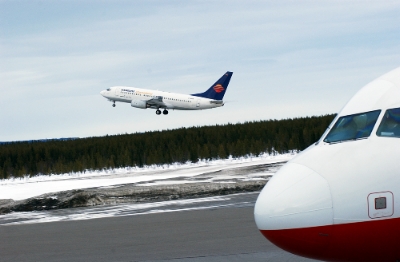 VERKSAMHETSUTÖVARE TYCKER TILL OM MILJÖTILLSYNEN ARVIDSJAUR – HÖSTEN 2010
VERKSAMHETSUTÖVARE TYCKER TILL OM MILJÖTILLSYNEN ARVIDSJAUR – HÖSTEN 2010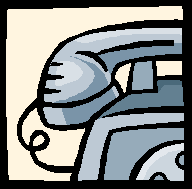 CAN TEEN DATING VIOLENCE VICTIMS GET A RESTRAINING ORDER
CAN TEEN DATING VIOLENCE VICTIMS GET A RESTRAINING ORDERBARCELONA 2012 FINAL DRAFT PERCEPTION REPRESENTATION AND CONSTANCY INTRODUCTION
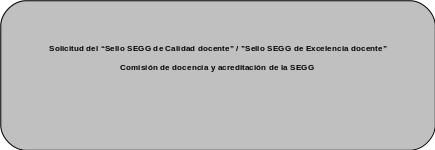 1 INFORMACIÓN GENERAL DEL SOLICITANTE Y DE LA
1 INFORMACIÓN GENERAL DEL SOLICITANTE Y DE LA RELACIÓN DE CONTRATOS DE ARRENDAMIENTO DE BIENES INMUEBLES 2008
RELACIÓN DE CONTRATOS DE ARRENDAMIENTO DE BIENES INMUEBLES 2008 LERARENOPLEIDING EN INCLUSIE PROFIEL VAN INCLUSIEVE LERAREN1
LERARENOPLEIDING EN INCLUSIE PROFIEL VAN INCLUSIEVE LERAREN1 WZÓR UMOWA NR ……………… ZAWARTA W DNIU ………………… POMIĘDZY
 Formato i 8 Gpipc630 Procuraduría Federal del Consumidor Dirección
Formato i 8 Gpipc630 Procuraduría Federal del Consumidor Dirección¡ATENCIÓN! PARA EL EXAMEN NO ENTRA EL CAPÍTULO 7
MINOT STATE UNIVERSITY ACADEMIC AFFAIRS COUNCIL MEETING APRIL 18
 C USTOM ANTIPROTEIN POLYCLONAL ANTIBODY PRODUCTION ORDER FORM DATE
C USTOM ANTIPROTEIN POLYCLONAL ANTIBODY PRODUCTION ORDER FORM DATE J Č N11112 13 2012 MKP2 SEVER SKUPINA
J Č N11112 13 2012 MKP2 SEVER SKUPINAACC883 CONCUSSION SERVICE REFERRAL IF YOU’RE REFERRING A PATIENT
FACULTY GRADUATE STUDIES DEPARTMENT NUTRITION AND FOOD TECHNOLOGY COURSE
 Natjecaj-Vis%CC%8Ci-struc%CC%8Cni-suradnik-za-drus%CC%8Ctvene-djelatnosti-i-EU-fondove-2
Natjecaj-Vis%CC%8Ci-struc%CC%8Cni-suradnik-za-drus%CC%8Ctvene-djelatnosti-i-EU-fondove-2 AREAS OF THE STAGE USR UP STAGE RIGHT
AREAS OF THE STAGE USR UP STAGE RIGHTACT CONSTITUTIV – PROCES VERBAL DE CONSTITUIRE AL ASOCIATIEI
 EP 1 725 528 B1 9 PATENTNI ZAHTEVI 1
EP 1 725 528 B1 9 PATENTNI ZAHTEVI 1
